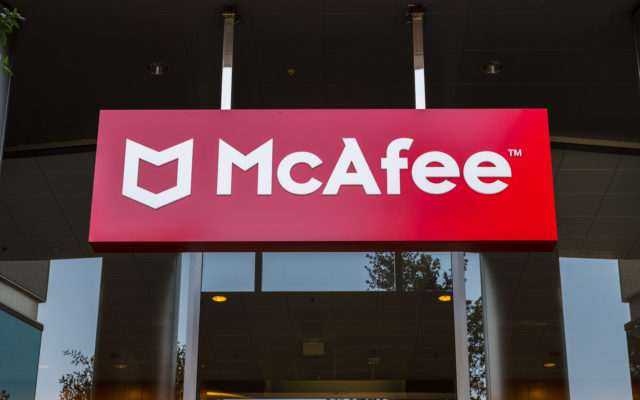Within the first quarter of 2019, cryptojacking campaigns geared toward victims’ PCs to mine cryptocurrencies rose 29%, in accordance with a latest report by safety software program supplier McAfee.
Hackers Goal Home windows PCs to Mine Monero
The antivirus maker based by crypto fan John McAfee found that each Home windows and Apple ecosystems are equally weak to cryptojacking campaigns.
Many of the mining assaults on Home windows computer systems use PowerShell for propagation and execution. The latter is a activity automation engine and interactive Command-Line Interface (CLI) created by Microsoft for system administration and configuration administration.
Within the first quarter, probably the most important crypto malware campaigns found by McAfee was PsMiner. Hackers have been utilizing a Trojan to distribute the mining worm. The malware is designed to mine Monero by exploiting the vulnerabilities in servers working Hadoop, ElasticSearch, Weblogic, Redis, SqlServer, Spring, and ThinkPHP.
Monero (XMR) is a cryptocurrency that permits customers to make peer-to-peer transactions anonymously with out being traced even by their addresses. The coin is amongst 15 largest cryptocurrencies by market cap. As of August 30, it boasts a capitalization of $1.15 billion. Monero is enticing for miners because of its beneficiant reward potential. Additionally, XMR miners don’t have to make use of costly GPUs and ASIC techniques as within the case of Bitcoin.
Again to PsMiner, it reaches the sufferer’s pc by a PowerShell command that downloads the WindowsUpdate.ps1 payload, the McAfee report says.
McAfee Report Says Apple Units Are Weak Too
In addition to PsMiner, one other malware household, known as CookieMiner, has been attacking macOS gadgets and sharing code with a previous marketing campaign to steal digital wallets and credentials. The malware used EmPyre backdoor to automate the stealing course of.
McAfee discovered that CookieMiner stole information from widespread crypto exchanges, together with Binance, Coinbase, Bitstamp, Poloniex, Bittrex, and MyEtherWallet. The malware obtained entry to information like passwords to entry the crypto exchanges’ websites. Nevertheless, the principle aim was to contaminate computer systems to mine Koto.
Generally, ransomware assaults rose 118% over the primary quarter, the report says. There are new ransomware households, whereas hackers use modern strategies. Even so, hackers nonetheless want victims’ involuntary cooperation. McAfee concluded:
“Even with all the sophisticated attack techniques being developed, attackers are still highly dependent on human interaction and social engineering.”
Do you assume hacking assaults symbolize probably the most important issues for the crypto area? Share your ideas under!
Photos by way of Shutterstock
The submit Cryptojacking Campaigns Rose 29% in Q1, McAfee Says appeared first on Bitcoinist.com.




















